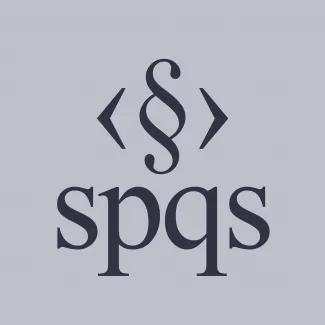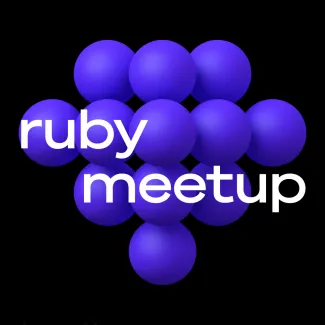Should You Migrate from Ruby to Golang? Key Advantages & Trade-offs
With time, most development teams face the limitations of their original tech stack. Ruby, with all its flexibility and expressiveness, may sometimes fail to deliver the performance and concurrency demands of contemporary applications at a large scale. So, Go has become a favored choice for organizations handling enormous loads or complex distributed systems.
Its low consumption of resources, cloud nativeness, and support for concurrency make it a great choice for migration. If you're currently evaluating Golang development services to enhance performance or simplify deployment, this article outlines what to expect — and why now might be the right time to make a change.
Benefits of Migrating to Go from Ruby
1. Improved Performance
In contrast to interpreted Ruby, Go compiles to native machine code.
This results in Go applications running far faster, especially where loads are intense.
2. The Use of System Resources
Applications written in Go demand less of the CPU and memory.
This not only results in a better-performing application, but it also reduces the overall production infrastructure cost.
3. Support for Concurrency
Go has been designed to support multi-threaded operations.
Goroutines and channels make it easier to write programs that handle multiple tasks at once, without relying on complex thread management like Ruby’s OS-level threads.
4. Clean Code
One of Go's strongest points is simplicity. Developers make code more predictable and consistent with stricter rules for the language and less syntactical sugar.
It avoids extensive metaprogramming used in Ruby, in which the logic at some places is obscured.
5. Functional Across Platforms
Go allows developers to build standalone executables for every significant operating system, like Linux, Windows, and macOS.
It facilitates the deployment and distribution of the programmes compared to Ruby, which has an interpreter and runtime environment requirement.
6. Building and Deploying the Solution
Go compiles quickly, thereby enhancing the development cycle.
Although Ruby has fast iteration, it lacks compilation-time checking, and the bugs often surface at the production stage.
7. Compatibility
Go naturally fits in with modern trends like Kubernetes, containers, and microservices.
Ruby on Rails was designed to be used in monolithic applications and would take some adaptation.
8. System Stability
Go's static typing and explicit error handling eliminate unexpected behavior at runtime.
This makes it possible to create better programmes with fewer surprises at runtime.
9. Global Support
Supported by Google and promoted by the large community of open-source developers, Go remains extremely popular with enterprise teams. Tooling, documentation, and third-party libraries continue to improve.
10. CI/CD Pipelines
Go binaries are statically linked with no dependencies, simplifying the deployment pipelines.
Ruby apps typically take on additional setup and runtime configuration, and the DevOps becomes complicated.
Challenges to Be Aware of
- Time and Cost: It takes effort and time to refactor an already running codebase to Go, particularly for large legacy systems.
- Developer Ramp-Up: Teams accustomed to Ruby may need time to adjust to Go’s stricter syntax and practices.
- Limited Language Flexibility: Developers may miss some of Ruby’s dynamic features and syntactic sugar, though these come with their own tradeoffs.
How to Know If It’s the Right Time to Migrate
You’re likely ready to move from Ruby to Go if:
- Your application is performance-sensitive or must support heavy concurrent workloads.
- You’re investing in microservices or planning for containerized deployment.
- Reducing costs and improving infrastructure efficiency are major concerns.
- Your current stack is hindering delivery and scalability.
Need help transitioning to Go? Singula Team’s engineering team specializes in full-cycle Golang migrations. From auditing your existing Ruby codebase to building scalable Go-based solutions, we’ll help you modernize with confidence. Reach out today to discuss your project goals.
Conclusion
Migrating from Ruby to Go can unlock major technical and business advantages—but it’s not a decision to make lightly. Assess your system’s current pain points, future scalability needs, and your team’s readiness for change. With proper planning, the move to Go can streamline your backend, enhance performance, and give your product room to grow.





















